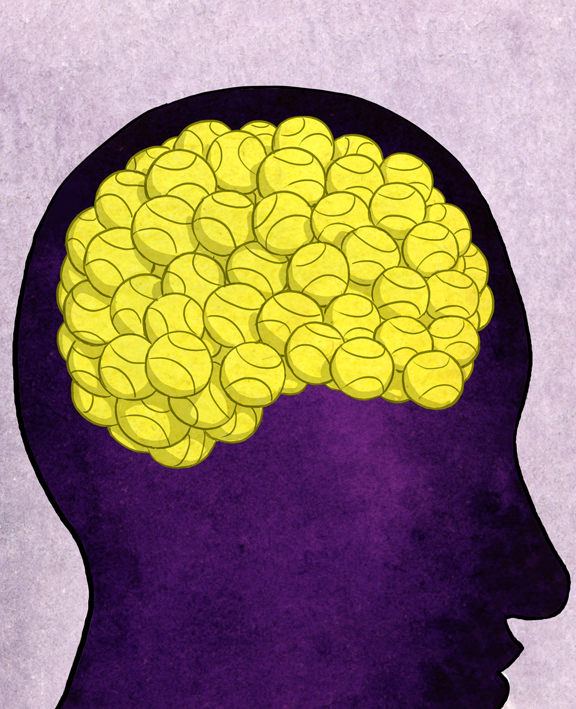August 20th, 2016
Tennis Gets Your Brain in Shape, Helps Kids in the Classroom
By Emily May, USTA Florida Intern
“Move your feet! Get low! Follow through!”

Research released by Conscious Life News suggests that activities such as sports drills and high-intensity exercise aid in the development of as many as six separate parts of the brain. The variation within the game of tennis is unique, requiring full-body power as well as short bursts of quickness. This fluctuation of action separates tennis activities from generic exercise such as running and biking by combining multiple levels of exercise into a single workout.
The anaerobic nature of match play calls upon the body to exert intense amounts of energy and focus into short segments, drawing on the cerebellum to coordinate movement while maintaining a consistent amount of attention.
Learning how to disguise a drop shot relies on the prefrontal cortex and basal ganglia — coupling one’s capacity to switch between tasks with the necessary power to execute the proper hit.
Even live ball drills can utilize and improve brain function by employing the parietal lobe to access visual-spacial processing methods that are necessary to keep the ball in play!
BETTER TENNIS, BETTER GRADES
Studies also show that integrating this sort of activity on a regular basis in children’s lives will significantly improve cognition, leading to greater performance in the classroom.
An unpublished study from the University of Rome in Italy found that children who accomplished a series of coordination exercises over a period of five months performed better on tests involving concentration and focus.
Another key factor in brain development through exercise is consistency. The participants of these research studies only saw results when they performed the activities on a routine basis. This proves that a commitment to regular match play is the way to go when trying to improve mental function as well as physical performance on the court!
The connection between physical activity and cognition is undeniable, and the pleasant balance of power, agility, and coordination found in the game of tennis is a perfect way to blend the two together.


